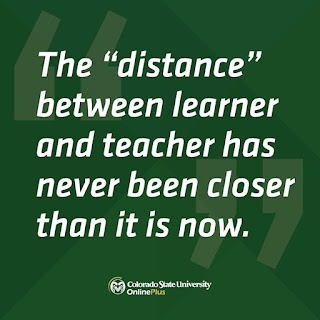Open Pedagogy
Pedagogy is the who, what, when, where, why, and how of teaching. Part of it is the content of what you teach. If you are an elementary educator, this could be your unit on narrative nonfiction writing. If you are a high school educator, this could be your unit on the culture and history of our country. It goes beyond just the content and focuses on who is your intended audience for teaching the content.
You know what grade level you are teaching, but a good educator has to think about the types of learners in their class. Do you have English language learners that need pre-teaching to understand the content? Do you have students with learning disabilities that cannot decode the text that you are giving them? Do you have students that only comprehend basic texts and cannot make connections to what they have read?
Educators also have to think about why is this content meaningful to their students and how will they use it to grow as learners. Why do kindergarteners need to know community helpers? How will middle schoolers apply their understanding of the order of operations to their future math classes? Everything put into planning the content in which you teach is just a part of pedagogy.
Open is being flexible. As an elementary educator, this is something I instill in my students from day one of school. It means that not everything will go the way that we want it to, but we are going to make the best of what we can control and find what is best for all of us.
It might mean that the class is doing independent reading outside on Monday morning because the air conditioning broke in the classroom and the room is stifling. It could also mean skipping a core content area lesson because students need more practice with a reading or math skill. The flexibility decisions are always made behind what is best for the needs of the students. Educators need to listen to what their students need and want in their education.
Open pedagogy is the combination of flexibility and decision-making of teaching. It is always changing based on the needs and interests of your students. Students are in the drivers seat for open pedagogy and the teacher is sitting in the passenger seat making sure that they do not hit any speed bumps. Students get to decide the who, what, when, where, why, and how, but with little to some assistance and guidance. Their work is meaningful. It is related to their interests and the real world. They collaborate with their peers to decide what is right and wrong for the course. The students connect with the real world with the method in which they share their work and findings.
I feel like I am too new to the education field to make a decision of if open pedagogy is for me or not for me. I am still learning the curriculum and how to teach. I think as I get my groundings, I would definitely consider a student driven method of teaching. I have always believed that students' needs and choices are vital to a strong classroom community.


Comments
Post a Comment